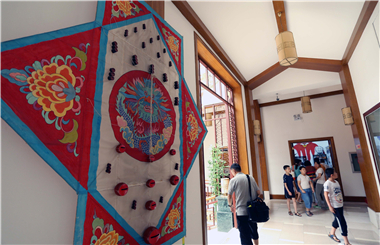Lots of Chinese influence in the great master's works
By Deng Zhangyu ( China Daily ) Updated: 2016-07-05 08:05:50He also acquired lots of Chinese artworks and books, and finally became a well-known Sinologist.
It was from Toda that Gaudi learned about Chinese culture.
Gaudi even brought Toda together with one of his backers, Eusebi Guell, to discuss buying Toda's Chinese coins.
"From the coins, art works, books and photos Toda carried from China, Gaudi had a fundamental understanding of the culture and later incorporated it in his works," says Figuerola, one of the founders of the Gaudi Research Institute in Barcelona, an academic institute working with the University of Barcelona.Figuerola says that the two tortoises under two giant stone pillars in Gaudi's signature work Sagrada Familia are definitely Chinese elements.
The Sagrada Familia is a large Roman Catholic church. Although incomplete, the church is a UNESCO World Heritage Site.
Construction of Sagrada Familia commenced in 1882 and Gaudi became involved in 1883, taking over the project and transforming it with his architectural and engineering style.
Gaudi devoted his last years to the project, and at the time of his death at age 73 in 1926, less than a quarter of the project was complete.
Construction passed the midpoint in 2010, and the project now has an anticipated completion date of 2026, the centenary of Gaudi's death.
Other Chinese elements that Gaudi used in his works include porcelain and ceramics.
Hou says that Gaudi put lots of things from nature into his works to show a harmonious relationship between humans and nature, which in Gaudi's time was inspired by Chinese philosophy.
|
|
|
|
|
|
|
|

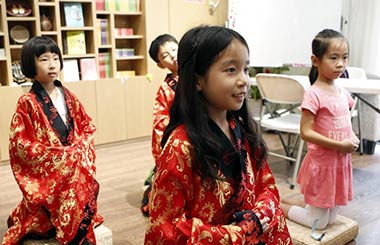

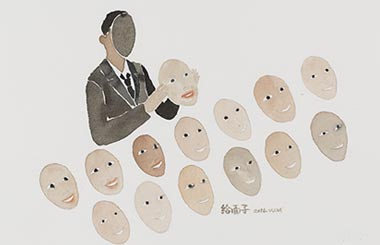
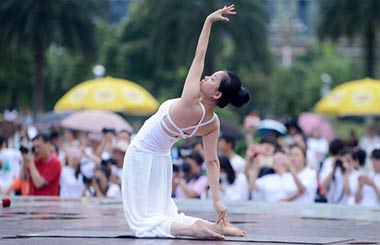


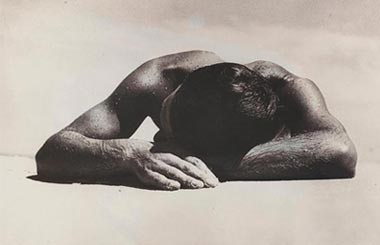
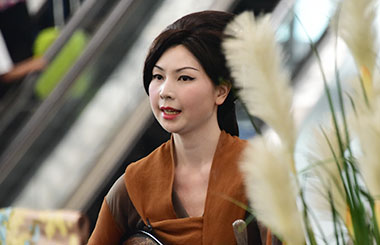




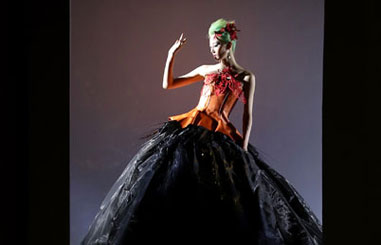


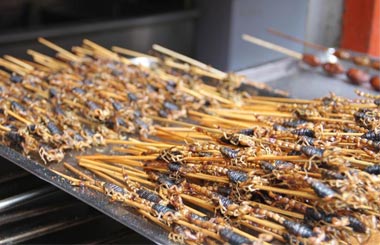

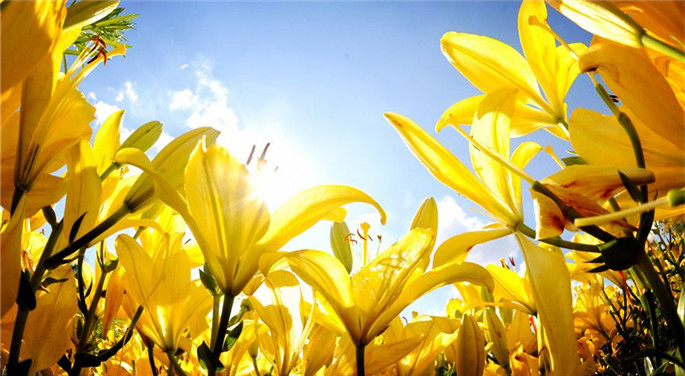
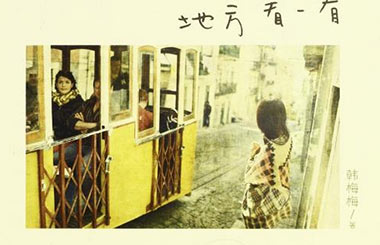

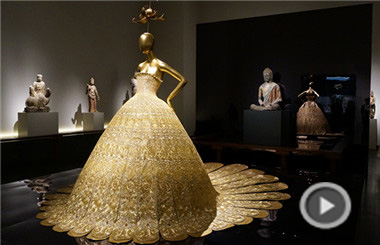


 Raymond Zhou:
Raymond Zhou: Pauline D Loh:
Pauline D Loh: Hot Pot
Hot Pot Eco China
Eco China China Dream
China Dream China Face
China Face



